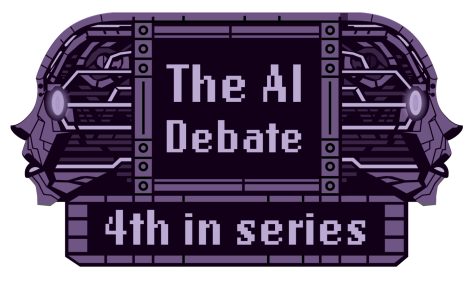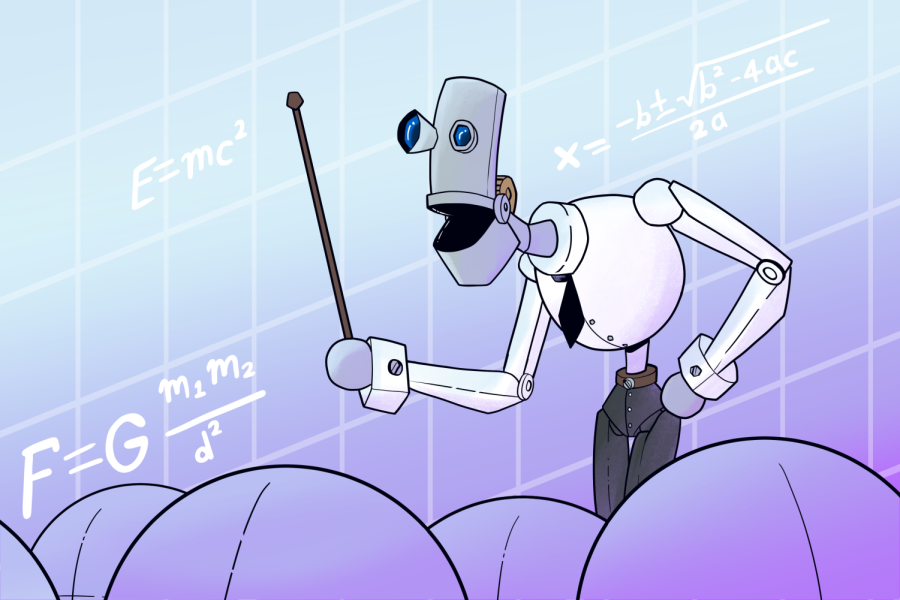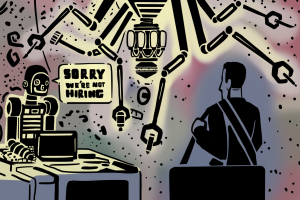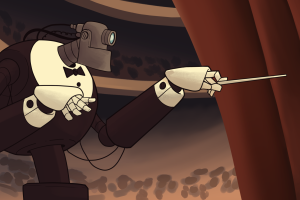Texas educators explore generative AI adoption
May 2, 2023
Generative AI is poised to change education forever.
Students are now using programs like ChatGPT to cheat on their assignments by generating anything from short-answer responses to multipage essays.
While fears run high among educators, some say there are potential benefits. Recently, a survey released by the Walton Family Foundation found that ChatGPT is used more by teachers than students.
The survey reported that 51% of teachers used the technology with 40% using it at least once a week. This is in contrast to 22% of students saying they use the tech on a weekly basis or more.
A majority of students and teachers surveyed agree that “ChatGPT is just another example of why we can’t keep doing things the old way for schools in the modern world.”
Many of the AI users in the Walton survey said they see the technology as a way to accelerate student learning.
“As a professor, we have very little resources,” said Jason Alvarado, a cybersecurity instructor at Dallas College Richland Campus.
“Using something like ChatGPT as a research assistant, I can typically take complex course planning, which will typically take five to 10 days to generate outlines and basic summaries and then a lesson plan, and I could condense that down into a day or less.”
Alvarado isn’t alone. Karen Magruder, a social work instructor at the University of Texas in Arlington, has adopted ChatGPT to assist her in class preparation. Utilizing ChatGPT, she has generated case studies for discussion in her course.
“It’s been really helpful for saving me a lot of time and legwork and generating that type of content that then I use with students,” Magruder said.
Magruder incorporated ChatGPT into her cognitive behavioral therapy course, in which she posed questions to ChatGPT and had her students analyze its responses in small groups.
“They had to be able to say what’s accurate and support that with empirical research,” she said.
According to Magruder, ChatGPT has stimulated critical thinking among her students by encouraging them to delve deeper into their evaluation and analysis.
It also enabled her to simulate interactions with clients on a telehealth platform by asking
ChatGPT to play the role of a client with a particular issue. Students were then able to interact with it in real time.

“I think that anything that is going to save a little bit of extra time and allow me to use higher-order skills is going to be a benefit,” Magruder said.
UTA’s ‘Center for Research on Teaching and Learning Excellence’ is currently hosting an ‘AI in Education’ initiative. CRTLE supports faculty in enhancing their teaching practices, including the integration of technology like ChatGPT to create innovative pedagogies.
Similar initiatives are being undertaken at schools across Texas on smaller scales. In March, English professor Kendra Unruh hosted a session for faculty about ChatGPT and how she plans to utilize the technology in the future.
As the technology becomes more popular, students may see more educational institutions across Texas adopting ChatGPT in the class- room, given its potential.
There could be drawbacks to using AI to supplant gaining real skills in a field. Alvarado compared this to using ChatGPT to generate code for a game he was developing. Though not implemented, he said that if it was and he ran into any problems, he wouldn’t know how to fix them because he wouldn’t have learned how.
“It is not a replacement for earning the knowledge,” he said.
Programs like ChatGPT could also hinder the way students engage with their material. Tuesday Hambric, a psychology and learning framework instructor said,
“You’re not finding your own voice if you’re using AI to write your paper. That is plagiarism in the highest sense because it is not your own voice.”
As instructors automate the more tedious parts of class preparation with AI, they are afforded more time to engage with their students.
“If you don’t spend quality time with your students, getting to know their thoughts and the things they’re interested in offering, you won’t know whether or not a student is writing their own paper,” Hambric said.
Magruder suggests that it might change the types of assignments faculty offer students. “We’re thinking about ways that we might change how we assess learning outcomes,” she said. “Like being able to do a skill demonstration video as opposed to a discussion board or easily duplicated writing assignment.”
Examples of these alternatives include handwritten writing prompts the students turn in or videos that are more demonstration-based as opposed to theoretical.
“I really apply the same strengths-based perspective to this new technology,” Magruder said. “It’s here and we need to learn how to make the best out of it so we can harness any potential while minimizing negative impacts.”









